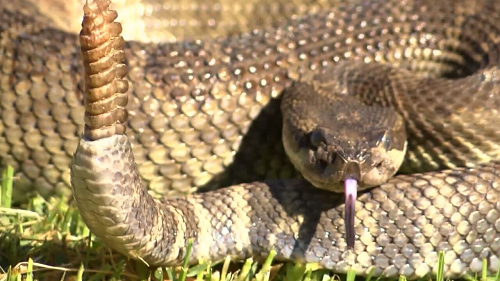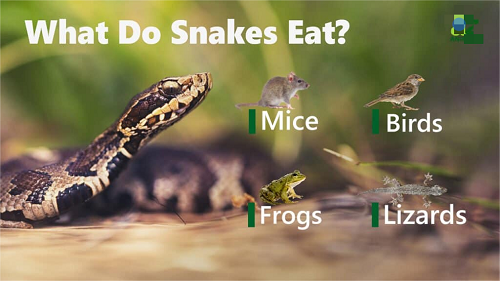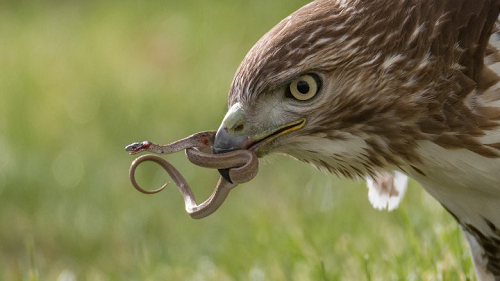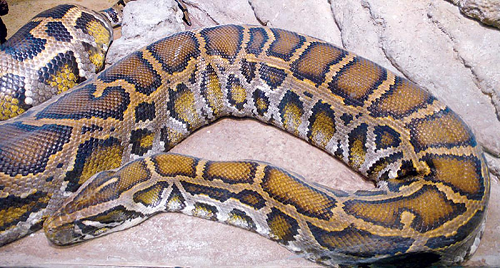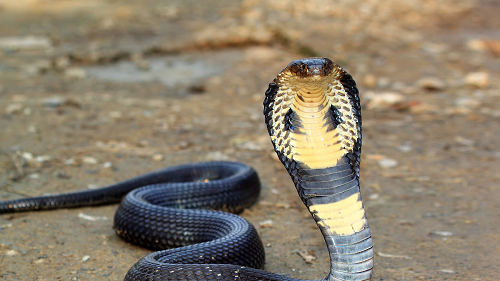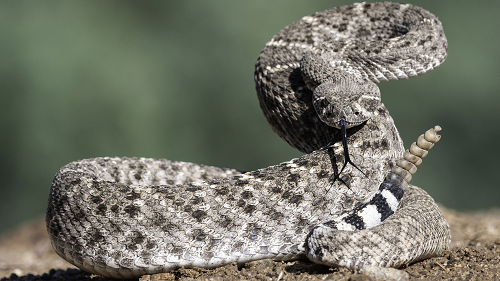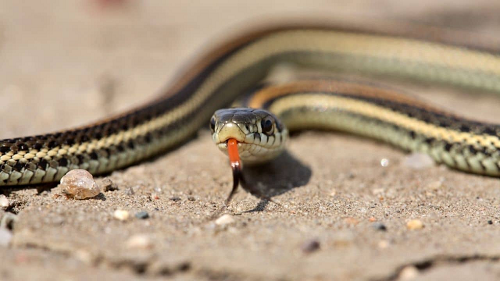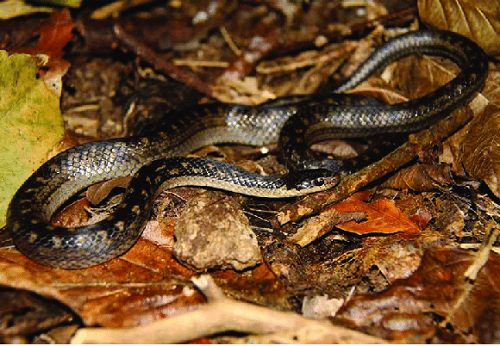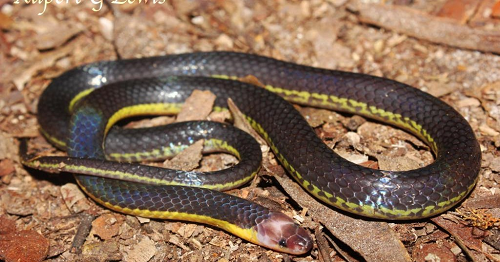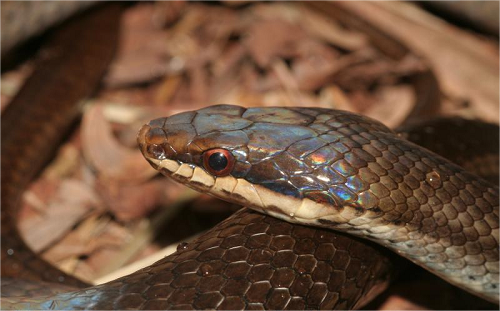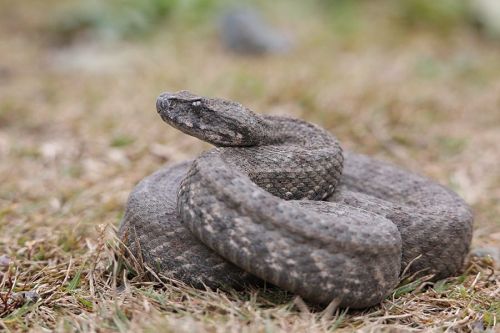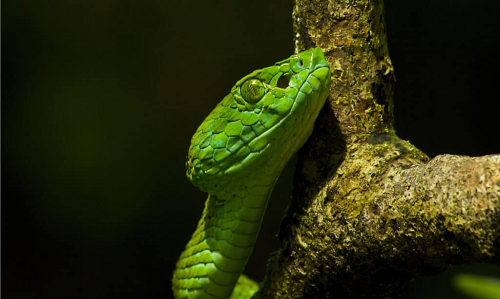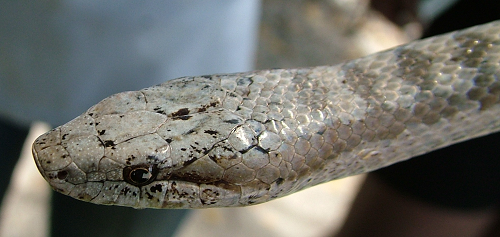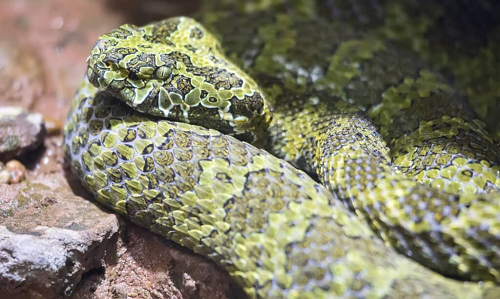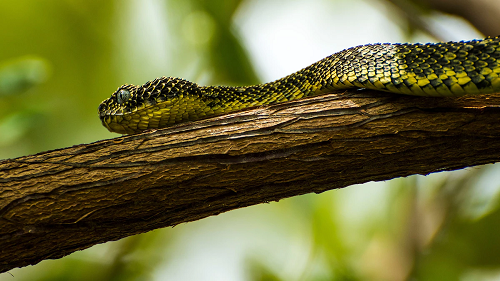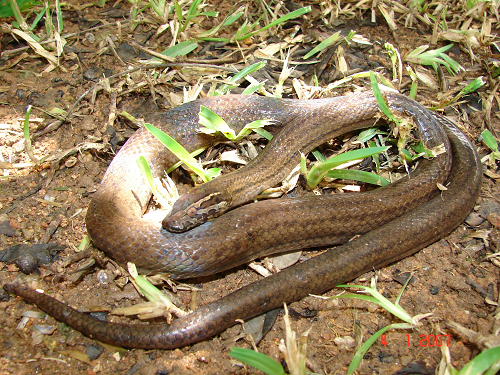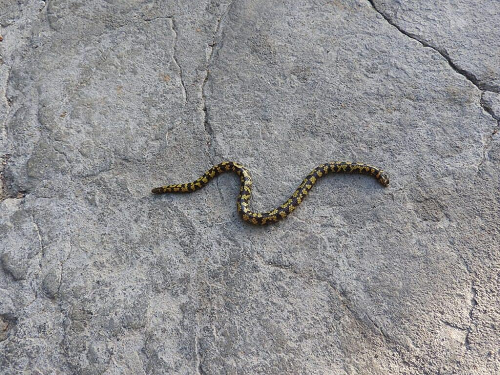13/09/2019
2019 Mid-Autumn Festival of Aosion
Today, this holiday is about family reunion. We celebrate it by gathering dinner, worshipping the moon, lighting paper lanterns, and eating moon cakes.
Eating moon cakes is a must-have custom for the Mid-Autumn Festival in all parts of the north and south of our country. Moon cakes symbolize reunion, and people take them as festive food, and use them to offer sacrifices to relatives and friends. In addition to moon cakes, various seasonal fresh fruits and dried fruits are also delicacies on the...
See More
